Description
Semax: Research Applications and Mechanisms
PubChem CID : 9943114Semax is a synthetic analog of the ACTH-derived peptide family, specifically engineered to retain neuroactive properties without influencing corticosteroid pathways. It does not affect adrenal gland function but demonstrates significant activity in the central nervous system (CNS), making it a subject of interest in neuropharmacology, neuroplasticity, and oxidative stress studies.
Neuroplasticity and BDNF Pathway Research
One of the most studied effects of Semax is its influence on brain-derived neurotrophic factor (BDNF) expression. BDNF plays a key role in neuronal survival, synaptic plasticity, and long-term potentiation.
- In rodent models, Semax administration significantly increased BDNF mRNA levels in the hippocampus and frontal cortex [1].
- It also upregulated TrkB receptor expression, suggesting facilitation of BDNF signaling pathways relevant for studying synaptic development and memory formation.
These findings make Semax a valuable tool for examining neurogenesis and cognitive enhancement mechanisms in controlled experimental settings.
Neurotransmitter System Studies
Semax has been shown to influence multiple neurotransmitter systems, including dopaminergic, serotonergic, and cholinergic pathways.
- Animal research indicates increased dopamine turnover in the striatum and elevated serotonin levels in the cerebral cortex following intranasal administration [2].
- These effects have been investigated using HPLC and radioligand binding techniques to measure receptor modulation.
Such actions suggest utility for Semax in exploring monoamine regulation, mood-related signaling, and reward-based neural circuits.
Neuroinflammation and Oxidative Stress Research
Semax is also used to study oxidative stress modulation and inflammatory responses in CNS injury models.
- In ischemic brain injury models, Semax has demonstrated antioxidant activity, reducing lipid peroxidation and modulating pro-inflammatory cytokine levels, including IL-1β and TNF-α [3].
- Research shows modulation of NF-κB and HIF-1α pathways, critical to inflammatory and hypoxic stress responses [4].
These attributes are relevant in studies on neuronal protection and cellular stress responses.
Melanocortin Receptor Agonism
- This receptor interaction has been studied for its role in appetite regulation, stress adaptation, and immune modulation.
- Researchers employ receptor binding assays and knockout models to evaluate specificity and signaling outcomes.

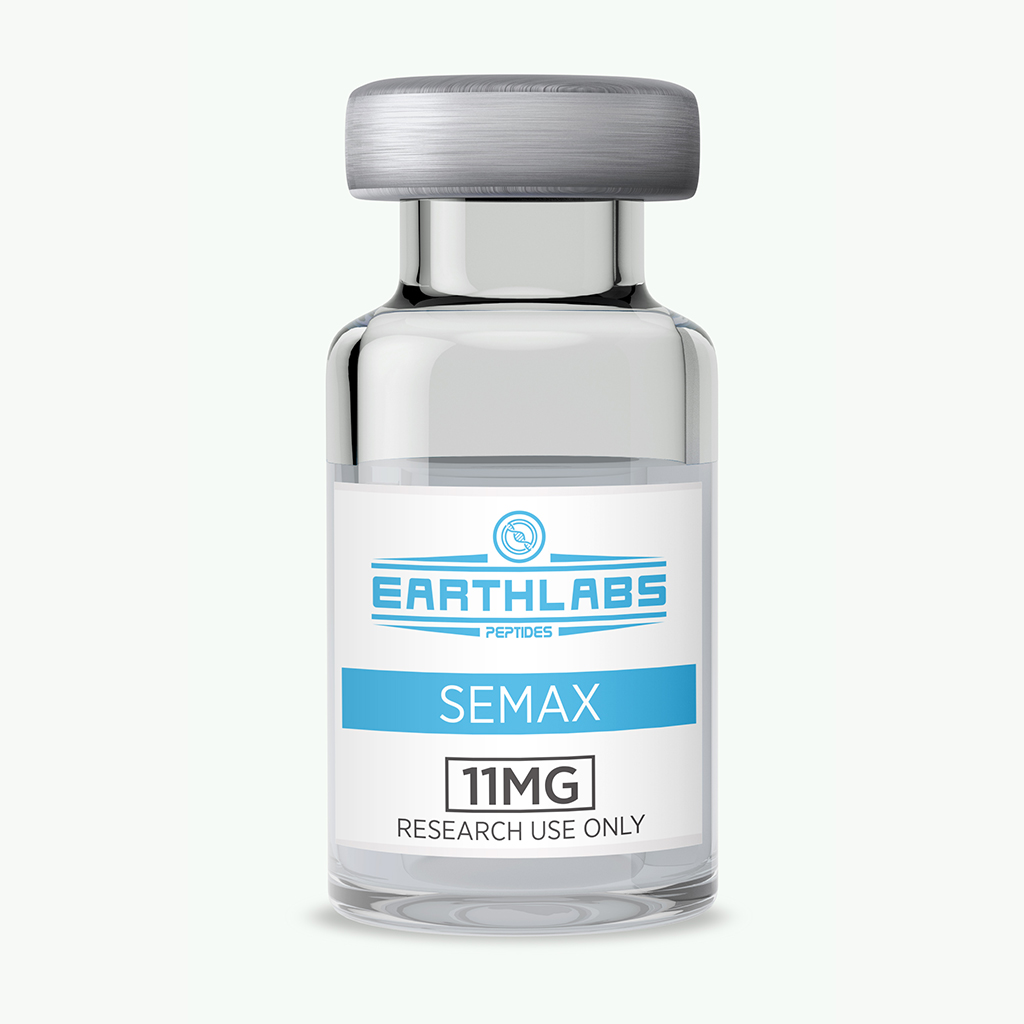
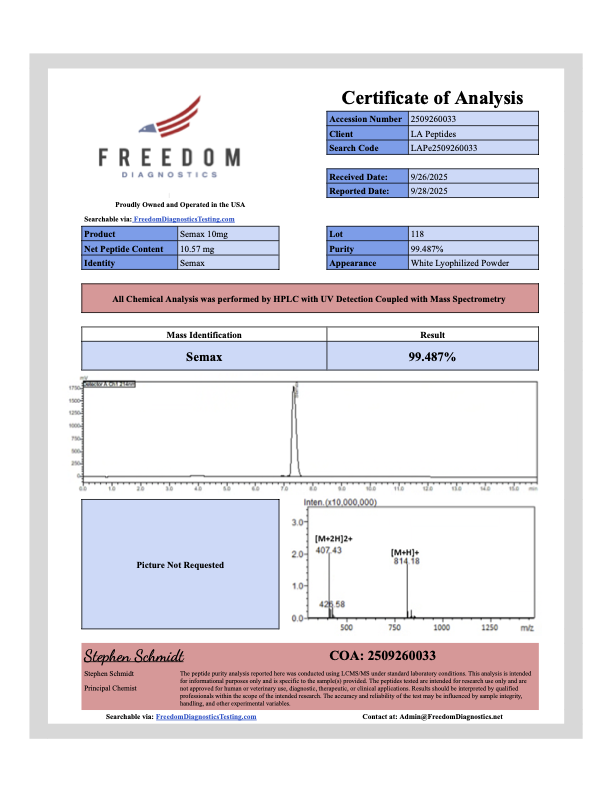
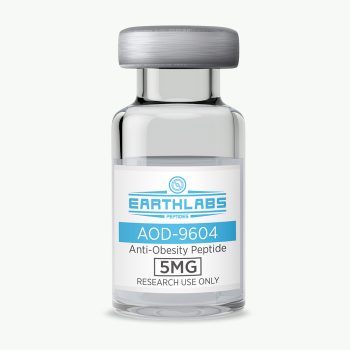
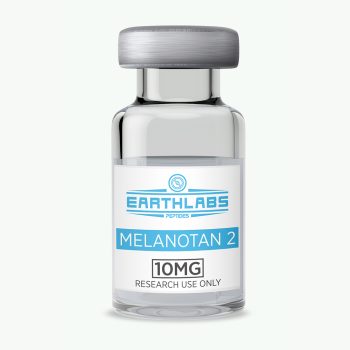
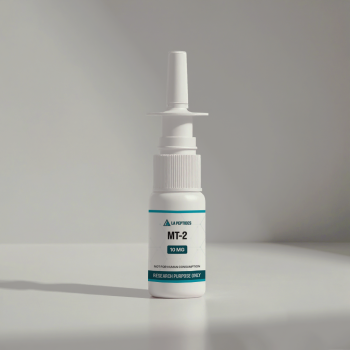
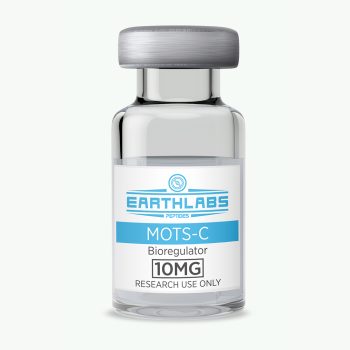
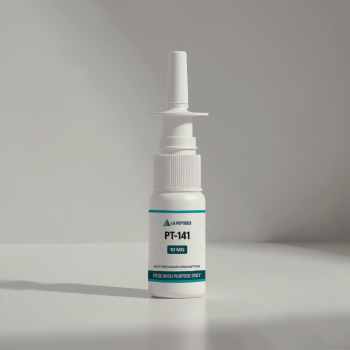
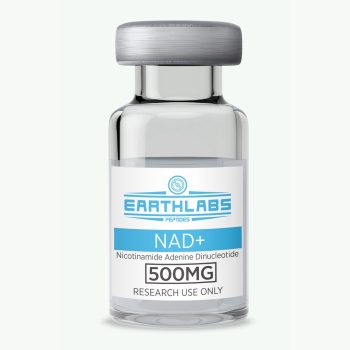
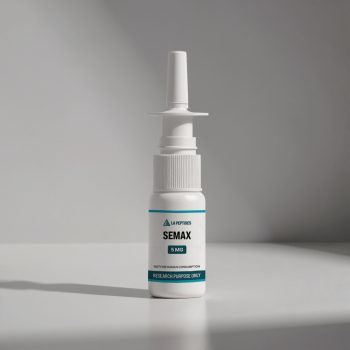
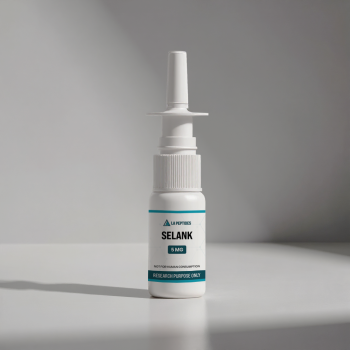
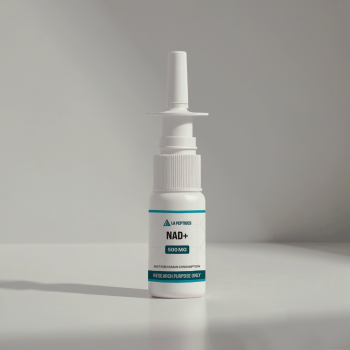
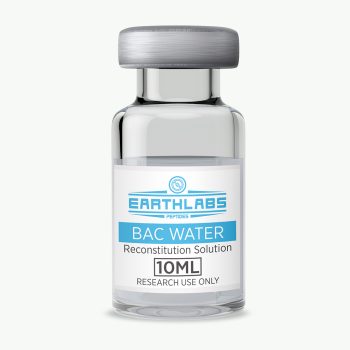
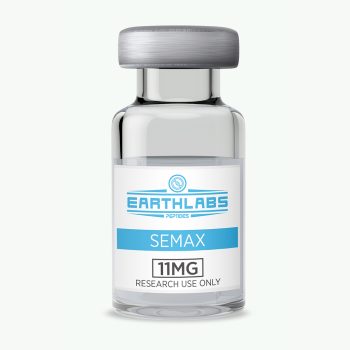
There are no reviews yet.